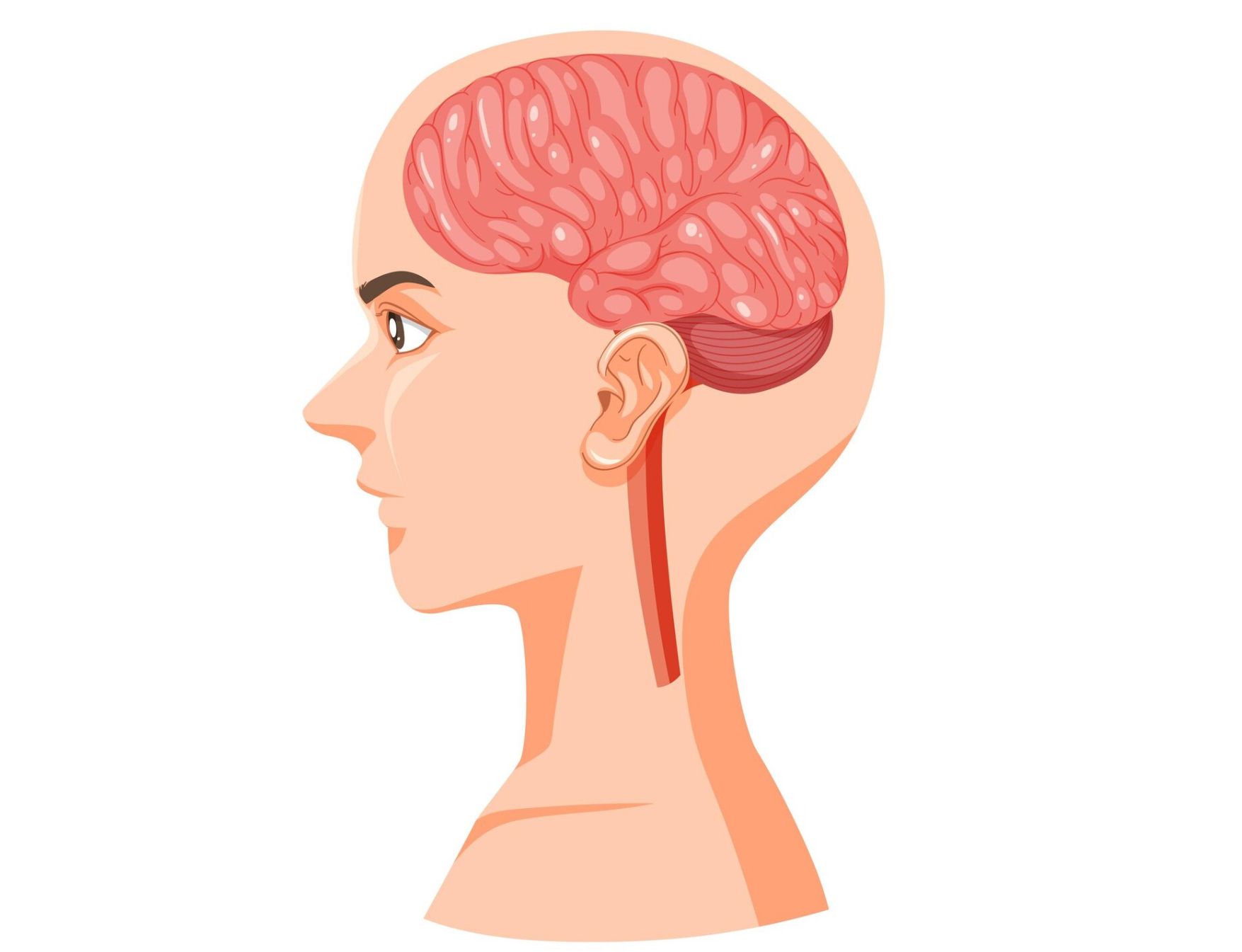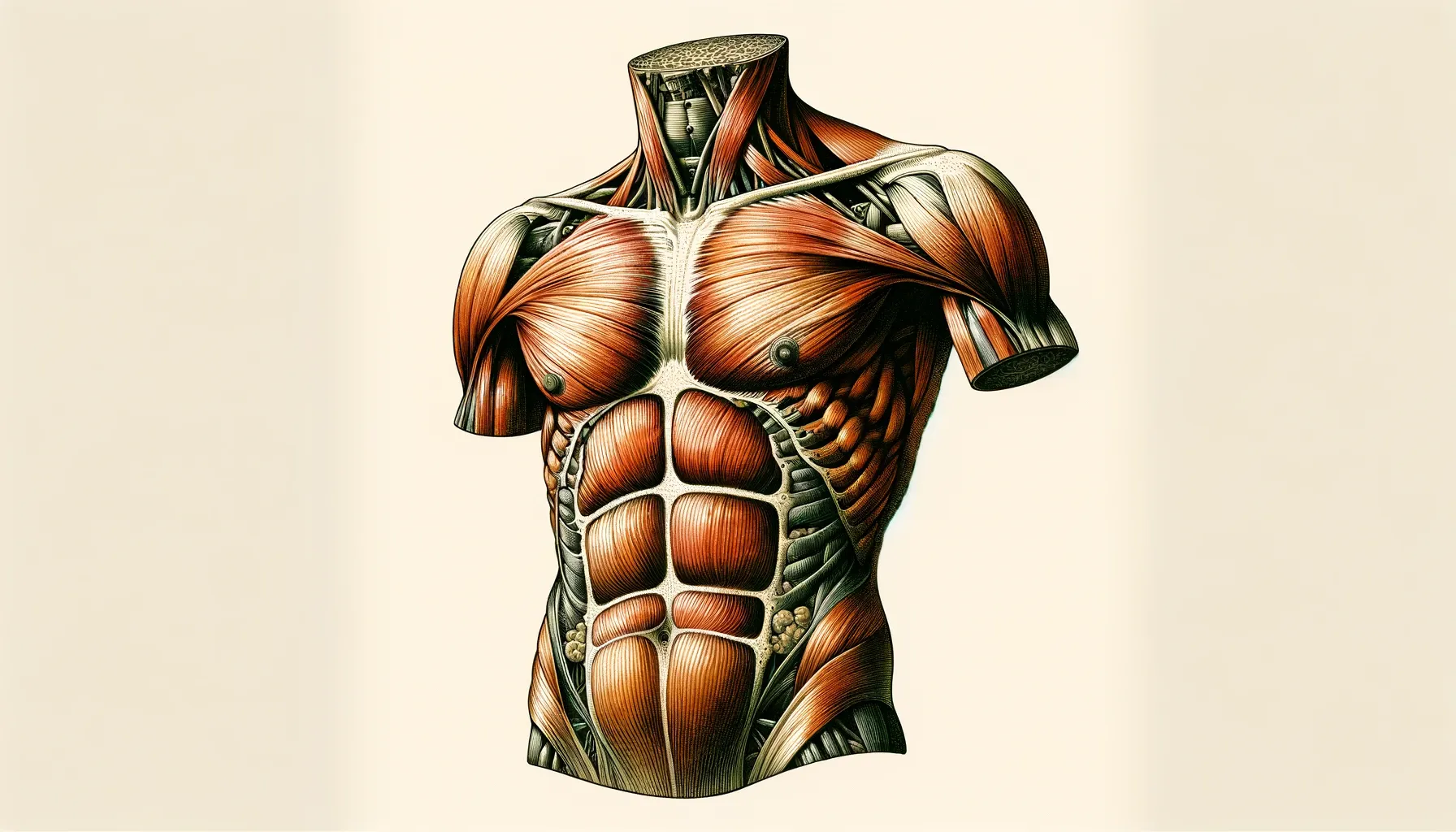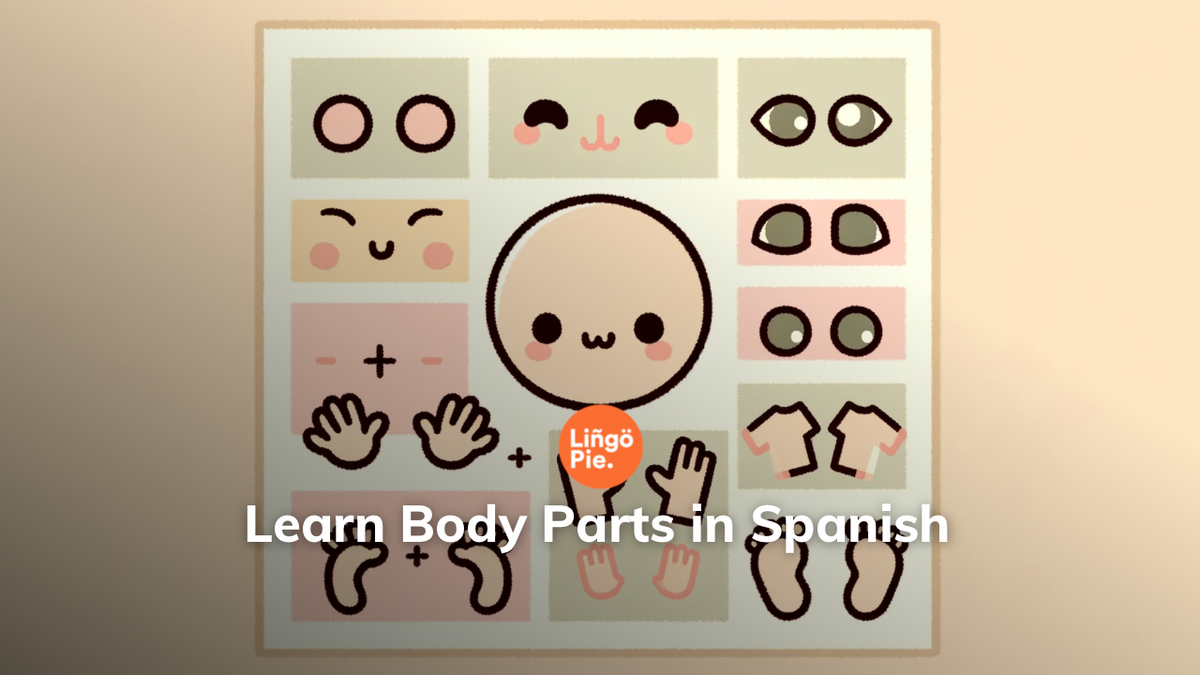Learning a new language involves getting familiar with the basics, and when it comes to learning Spanish, knowing how to name and talk about body parts is essential. Whether you're visiting a doctor in a Spanish-speaking country, describing someone, or just want to enrich your vocabulary, understanding the names of body parts in Spanish is a must. Let's dive into the human anatomy in Spanish with plenty of examples to practice.
Head to Toe: Spanish Vocabulary for Body Parts
La Cabeza (The Head)

Starting at the top, "la cabeza" is the word for head. Within this region, we have "el cabello" or "el pelo" for hair, "la frente" for forehead, "los ojos" for eyes, "la nariz" for nose, "las orejas" for ears, "las mejillas" for cheeks, "la boca" for mouth, and "los dientes" for teeth. For example:
- Tengo el cabello castaño. (I have brown hair.)
- Ella tiene los ojos azules. (She has blue eyes.)
El Tronco (The Torso)

The torso, or "el tronco," includes "el pecho" (chest), "la espalda" (back), "el abdomen" or "la barriga" (abdomen), "el ombligo" (navel), and "la cintura" (waist). For instance:
- Él tiene el pecho ancho. (He has a broad chest.)
- Me duele la espalda. (My back hurts.)
Los Brazos y Las Manos (The Arms and Hands)

Moving down to "los brazos" (the arms), we have "los hombros" (shoulders), "los codos" (elbows), "las muñecas" (wrists), "las manos" (hands), "los dedos" (fingers), and "las uñas" (nails). For example:
- Levanta los brazos. (Raise your arms.)
- Se pintó las uñas de rojo. (She painted her nails red.)
Las Piernas y Los Pies (The Legs and Feet)

Lastly, "las piernas" (the legs) include "los muslos" (thighs), "las rodillas" (knees), "las pantorrillas" (calves), "los tobillos" (ankles), "los pies" (feet), and "los dedos del pie" (toes). For instance:
- Corrió hasta que le dolieron las pantorrillas. (He ran until his calves hurt.)
- Tengo cinco dedos en cada pie. (I have five toes on each foot.)
Using Body Parts in Context
Knowing the vocabulary is one thing, but using it in context is where the real learning happens. Here are some common phrases involving body parts in Spanish:
- Me duele la cabeza. (My head hurts.)
- Tengo el brazo roto. (I have a broken arm.)
- Se torció el tobillo jugando fútbol. (He twisted his ankle playing soccer.)
Describing People in Spanish
When describing people, body parts often come into play. You might say:
- Tiene el pelo largo y rizado. (She has long, curly hair.)
- Él es alto y tiene los hombros anchos. (He is tall and has broad shoulders.)
Visiting the Doctor
If you need to visit a doctor, it's crucial to know how to describe your symptoms or where you feel pain:
- Me duele la garganta. (My throat hurts.)
- Tengo un dolor en el lado izquierdo del abdomen. (I have pain on the left side of my abdomen.)
Learning with Lingopie
Lingopie is an innovative platform that offers a unique approach to language learning. While learning Spanish body parts, you can reinforce your knowledge by watching Spanish-language TV shows and movies on Lingopie. This immersive method allows you to see the vocabulary used in real-life contexts, improving your understanding and retention.
For example, you might hear a character say, "Se lastimó la rodilla jugando al fútbol" (He hurt his knee playing soccer), or "Ella tiene una cicatriz justo debajo del ombligo" (She has a scar right below the navel). With Lingopie, you can click on these phrases to get an instant translation and add them to your vocabulary list for review.
Conclusion
Understanding the parts of the body in Spanish is a fundamental step in your language learning journey. With the vocabulary and examples provided, you're well on your way to mastering these essential terms. Remember to practice regularly, and don't hesitate to use platforms like Lingopie to make the process more engaging and effective. ¡Buena suerte! (Good luck!)





![How to Say Colors in Chinese Language [A 2025 Short Guide]](/blog/content/images/size/w1200/2024/02/1CF130B9-8B9E-405D-AFB5-24E8AAA7D29A.png)
![30+ Modern English Slang Terms For Money [Guide]](/blog/content/images/size/w300/2025/06/Slang-term-for-money.jpg)
![5 Official Spanish Language Tests To Show Your Proficiency Level [Guide]](/blog/content/images/size/w300/2025/06/Spanish-Language-Tests.jpg)

![Why Memorizing Spanish Words Won’t Make You Fluent [Tips]](/blog/content/images/size/w300/2025/06/how-to-practice-spanish-vocabulary.jpg)